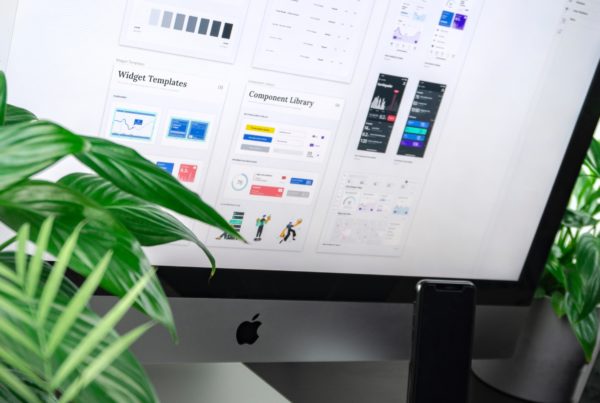Introduction
Design systems are a great way to keep a large and growing product with many contributors consistent, as it scales and grows over time. Using guidelines and shared values, a design system allows for a more consistent experience for your users and provides building blocks for your growing team.
Why use a design system
Scale. If you are looking to scale a product over time, a design system is necessary to keep the experience of the product consistent as new features are applied. A design system requires a lot of upfront investment but can pay off in the long term if you see your product expanding in complexity and requiring a larger team to contribute. As the complexity and number of new users, designers, and developers contribute to your product, having an established set of patterns and reusable components to refer to can be essential. If applied successfully a well-built design system can mean the difference between a Frankenstein monster of bolted-on features and a consistent experience that appears to grow intuitively to your users over time.
When to use a design system
A design system is not necessarily required for every stage of a product’s life. If you are looking to develop an MVP, rapidly prototype and ideate a new product from the ground up quickly (and with a small team), focusing too early on a design system may hinder your team’s ability to pivot and move quickly. When in these early stages with fewer stakeholders, it may be better to rely on existing frameworks when going through the process of defining the UX and designing and developing the product for user testing.
Examples
Here are some examples from a few of the largest organizations that apply their design systems throughout a multitude of products:
Google Material Design System – https://material.io/design
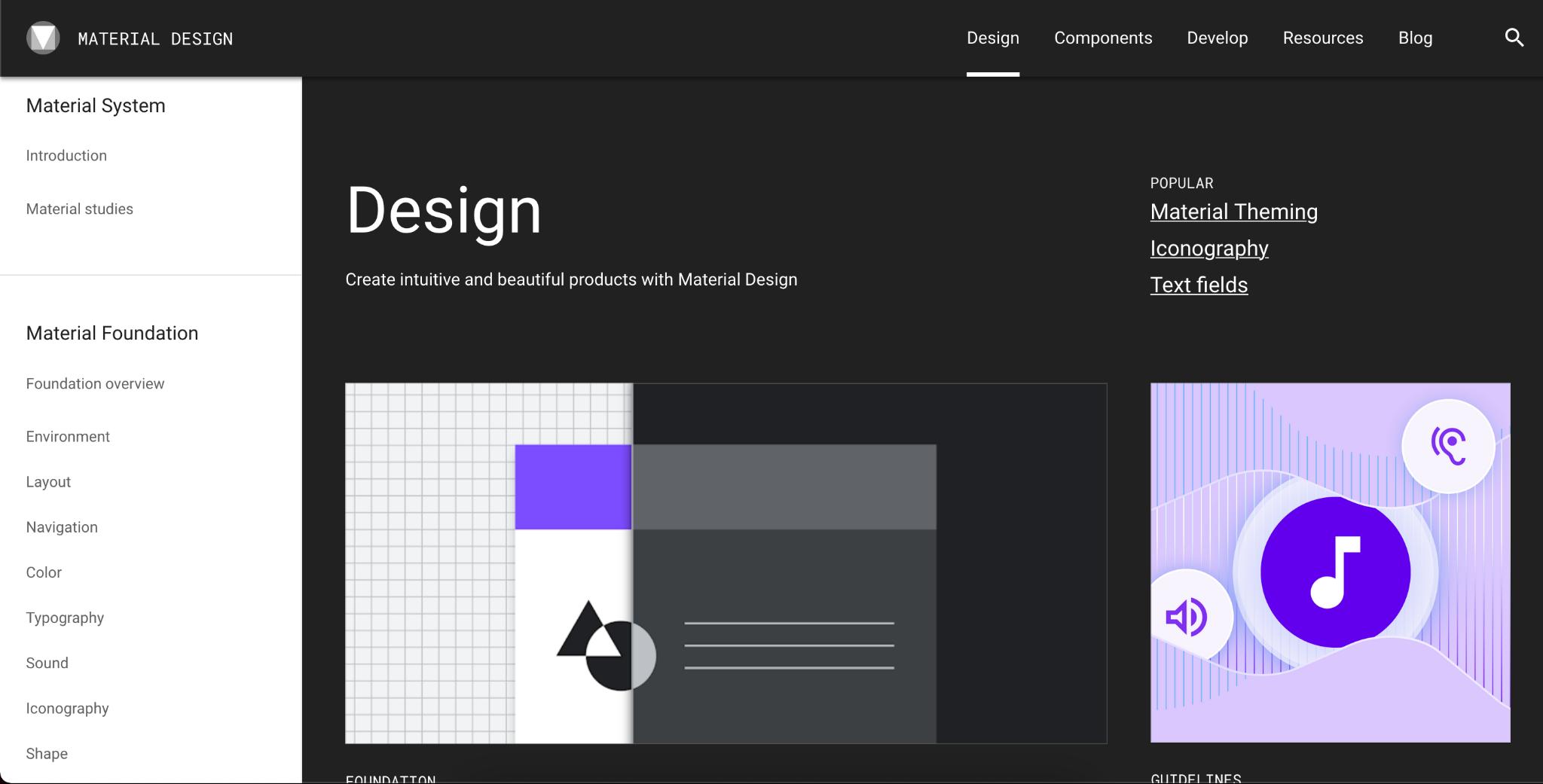
Apple Human Interface Guidelines – https://developer.apple.com/design/human-interface-guidelines/ios/overview/themes/
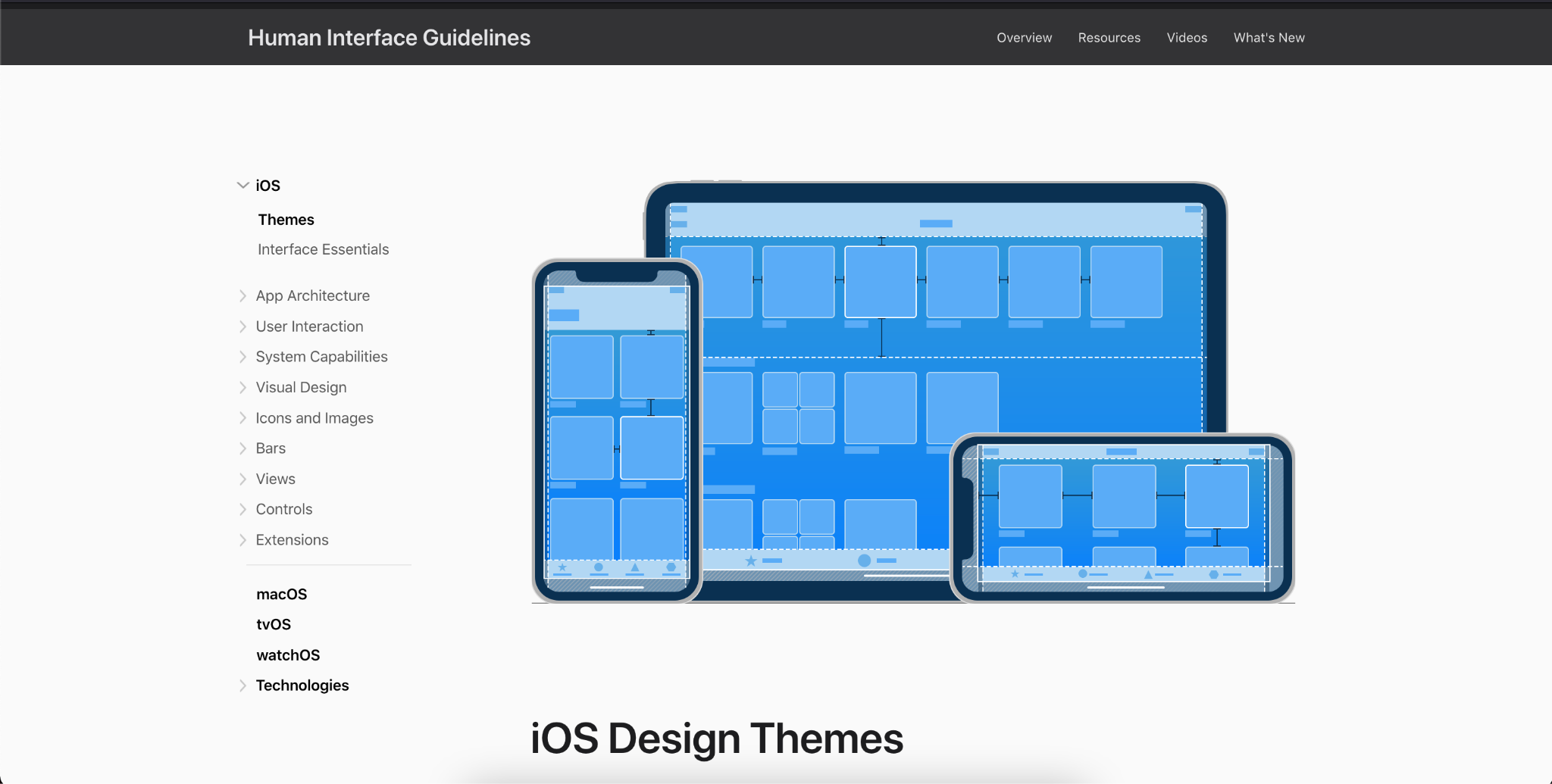
Atlassian Design System – https://atlassian.design/
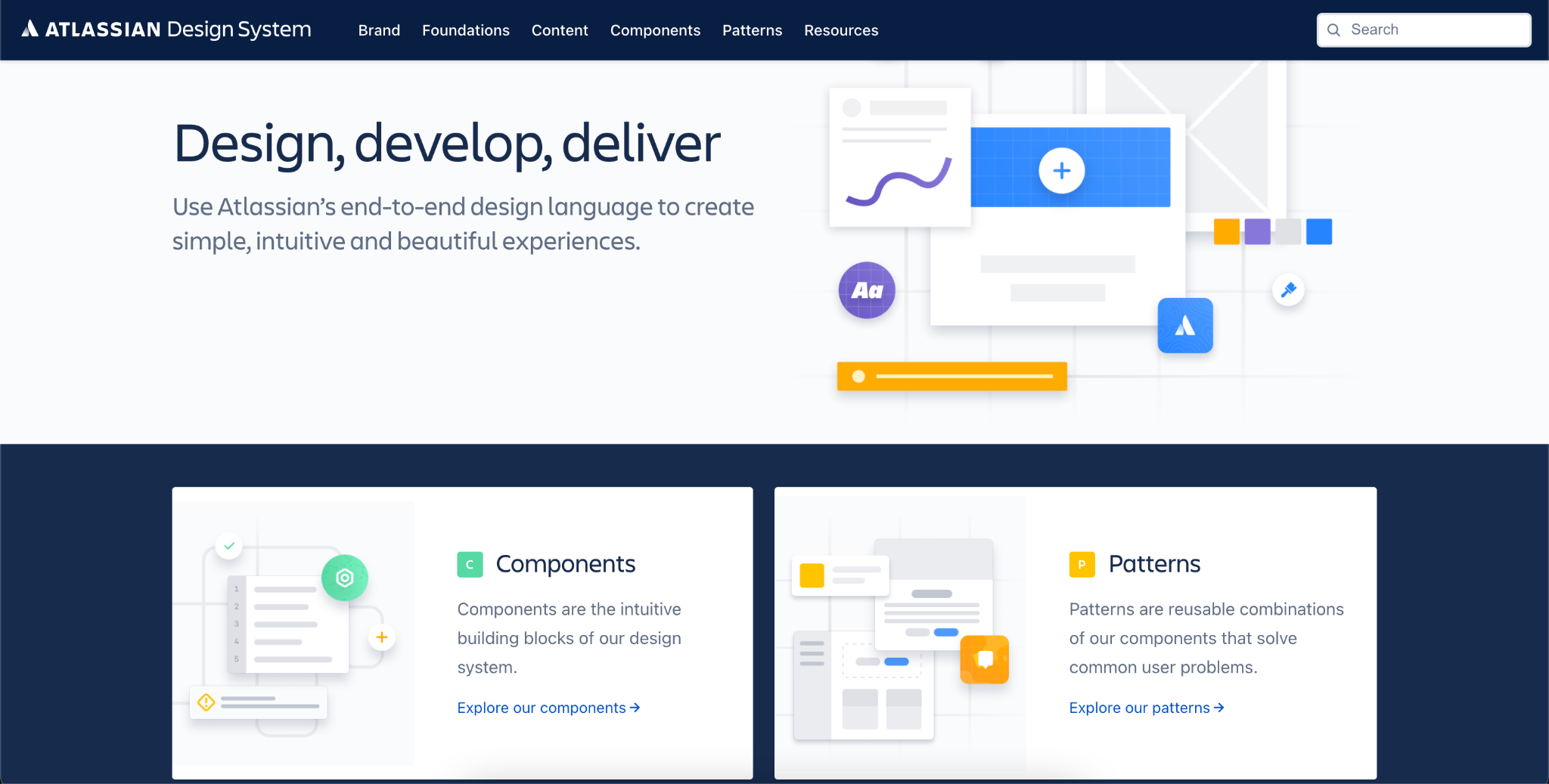
In the next section of the Introduction to design systems series we will be focusing on planning and development of a design system, and exploring the importance of accessibility and best practices.
